Every time we look back at the past through today’s eyes, it’s hard not to feel amazed by how fast things have evolved. This is especially true for the television industry. The early bulky CRT TVs created unforgettable memories for many of us, while short-lived technologies like rear-projection and plasma TVs were quickly phased out due to their technical limitations. Today, emerging display technologies such as OLEDs, quantum dots, and laser displays are being touted as the next big thing, with hopes that they will eventually replace LCDs, which have dominated the TV market for over a decade. However, for those who are excited about these new technologies, I’m afraid the reality might be a bit disappointing—true replacement within five years is highly unlikely.
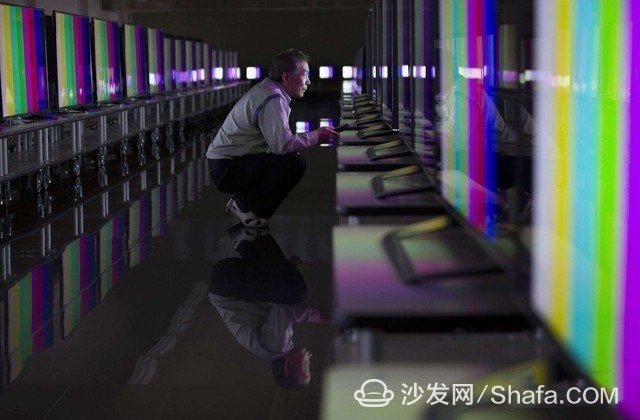


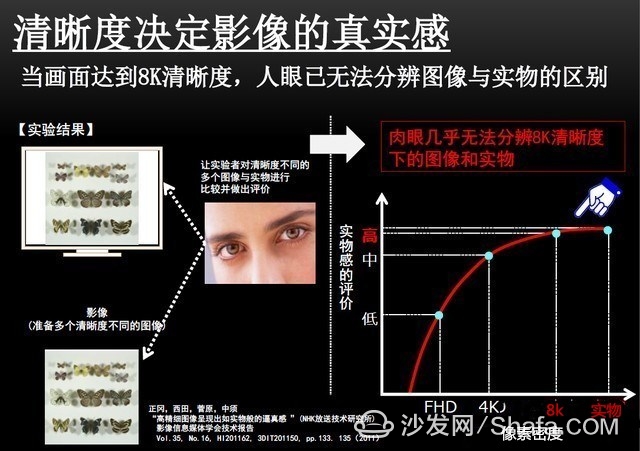
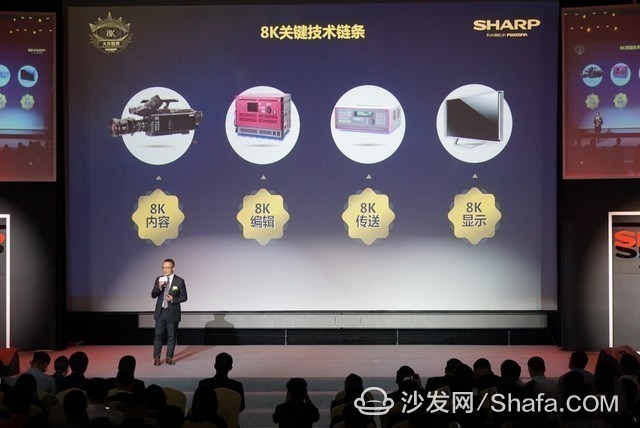


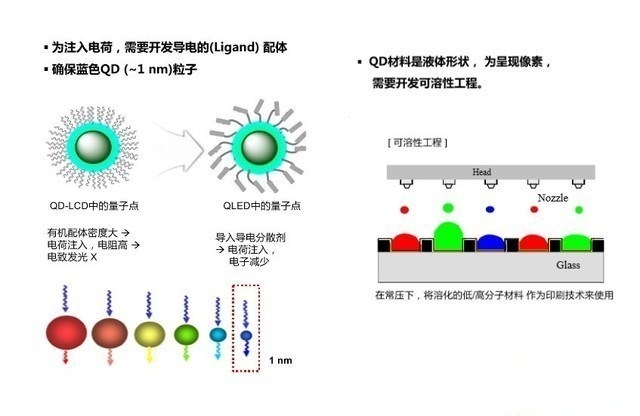
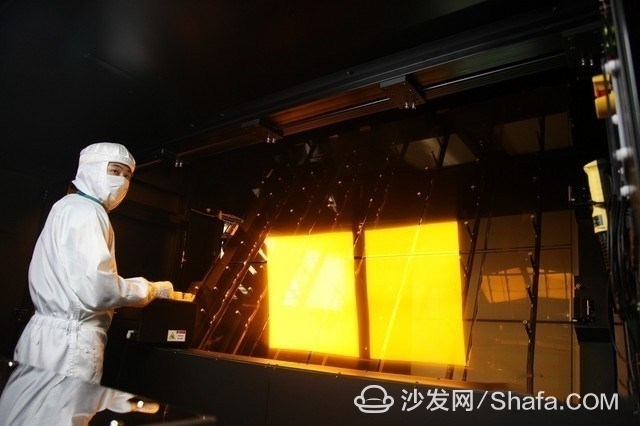

No one can shake LCD technology for the next five years
LCD technology has been the backbone of the TV industry for over a decade. Its slim design, large screen size, and energy efficiency have made it the clear choice over traditional CRT TVs. Over the years, LCDs have evolved from CCFL backlighting to LED backlighting, becoming more mature and widespread. Despite predictions that the LCD era was ending, the reality shows that it's still the dominant force in the market.

The emergence of LCD quickly replaced the CRT TV
Since 2016, there have been growing rumors that the LCD era is coming to an end. With the rise of OLED and quantum dot technologies, some believed that LCDs would soon be obsolete. However, the numbers tell a different story. In 2016, global LCD TV shipments reached 142 million units, while OLED TV sales were just 900,000. By 2017, LCD shipments were expected to hit 173 million, while OLED sales were projected between 1.6 million and 1.7 million. These figures clearly show that LCDs still hold a massive market share. Even if OLEDs grow rapidly, it would take years to catch up.
According to Hu Chunming, deputy secretary-general of the Liquid Crystal Molecular Division of the China Optics and Optoelectronics Industry Association, LCD remains the most competitive technology in China. It has a well-established and mature industrial chain, something that newer technologies still lack.

Sharp will inject new vitality into the LCD industry
Sharp, known as the pioneer of LCD technology, has long been at the forefront of innovation. While many companies are shifting focus to OLED and quantum dot technologies, Sharp believes LCD still has room to grow. As the company moves into the 8K era, it continues to invest in LCD advancements, aiming to bring users closer to the ultimate visual experience.

8K is the closest resolution to human eye clarity
Although 4K TVs have become popular, 8K is the next big step. Sharp has already launched 8K TVs, and despite initial skepticism, the technology has shown great promise. According to experiments, when resolution reaches 8K or higher, viewers can experience a more realistic image quality.

Sharp builds in addition to the real 8K ecology
Sharp isn't just focused on the TV itself but is building an entire 8K ecosystem. From content creation to broadcasting and playback, the company is working to develop a complete industrial chain. This move positions Sharp as a leader in the future of high-resolution television.

Sharpest Feelings of 100 Years of Sharpness - Bringing the Ultimate Experience to Users
For over a century, Sharp has been dedicated to delivering the best possible viewing experience. From its early days as the "father of LCD" to now leading the 8K revolution, the company has consistently pursued technological excellence.
While OLED and quantum dot TVs have started to gain traction, they still face significant challenges. OLEDs, for example, suffer from limited production capacity. Only LG Display currently has the ability to produce large-scale OLED panels, with annual output around 1.8 million units in 2017. Even with new investments from Chinese manufacturers, it may take 3–5 years before OLEDs can match LCD in volume.

OLED TV capacity still needs to be improved
Quantum dot technology also faces hurdles. Most current quantum dot TVs are still based on LCD technology, using quantum dot films to enhance color performance. However, the true potential lies in self-luminous QLEDs, which are still under development.

QLED technology still has many difficulties
In contrast, LCD technology has a fully developed industrial chain, with mature production processes and reliable supply chains. This makes it the most stable and cost-effective option for the foreseeable future.

LCD has a complete industrial chain layout in the world
With all this in mind, it’s clear that LCD will remain the dominant display technology for the next few years. While OLED and quantum dot TVs are promising, they still need time to mature and scale up. For now, LCD continues to lead the market, offering the best balance of performance, cost, and availability.Sport Stadium Perimeter LED Display
Sport Stadium Perimeter LED Display,LED video wall for sports venue,Sports arena LED screen,Waterproof sports LED digital signage,Energy saving Soccer Stadium LED Display,High Brightness sports LED Video wall
Shenzhen Xinfei Century Technology Co., Ltd. , https://www.rgbdancing.com